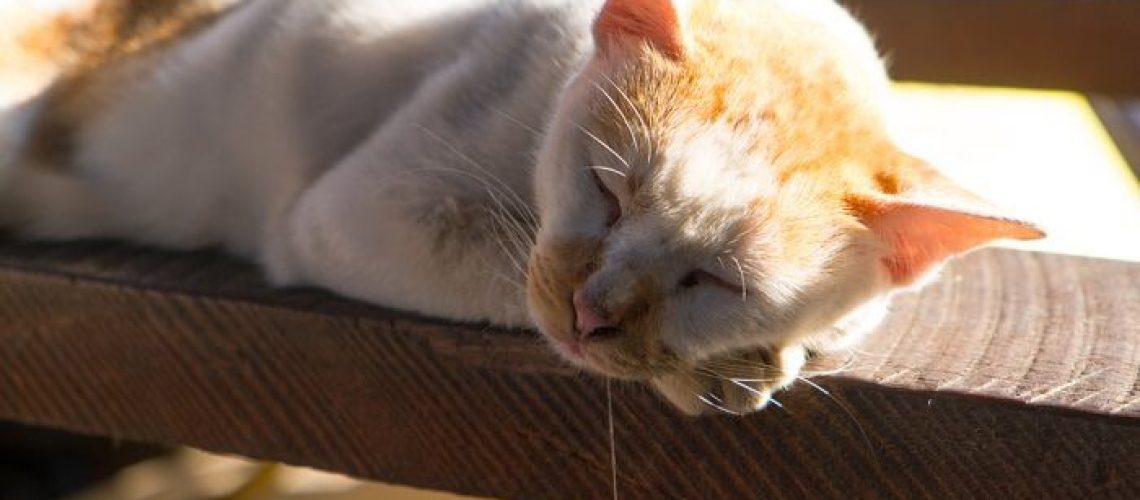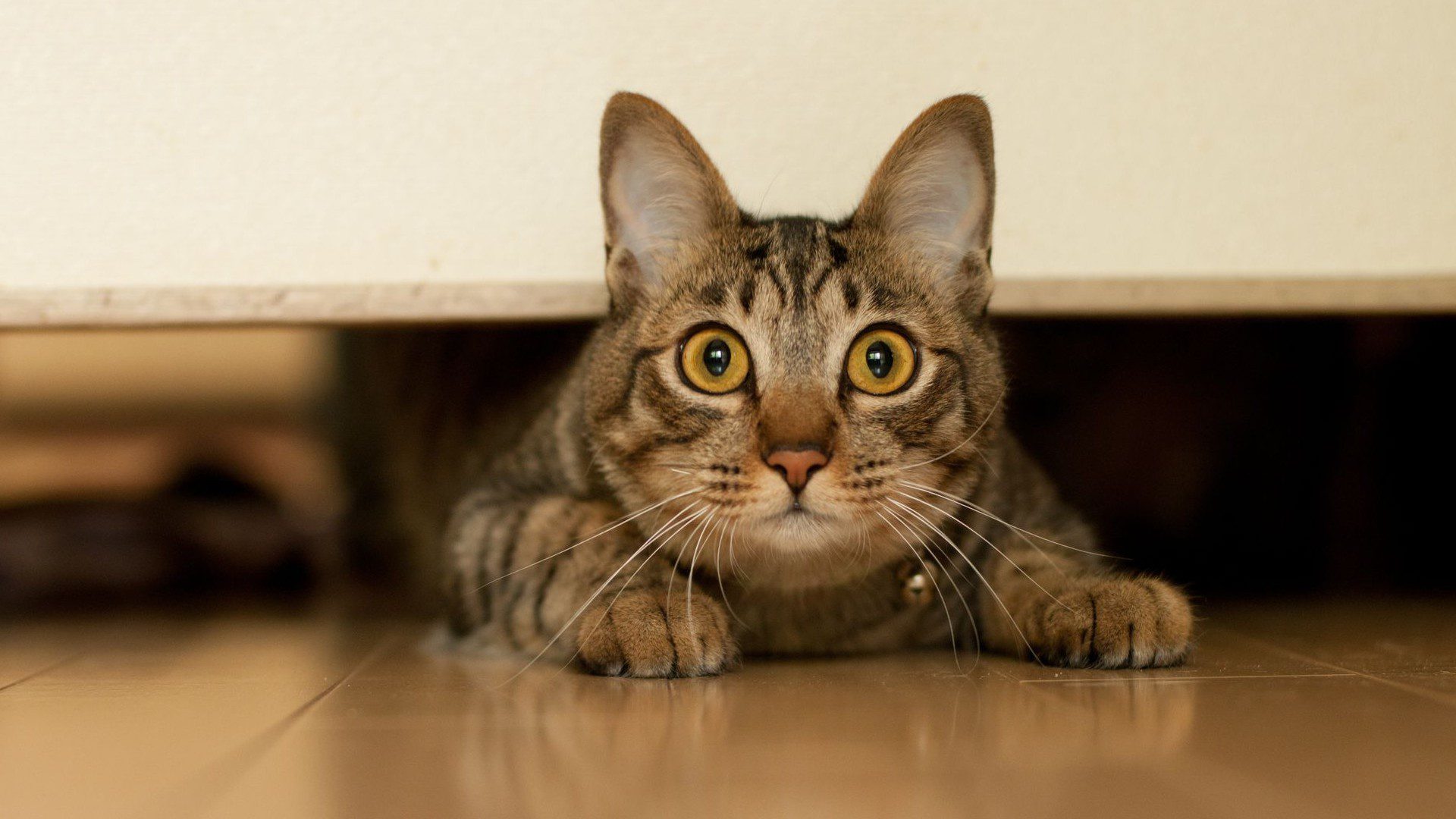Are you a cat owner who has witnessed your furry friend experiencing seizures? It's a frightening and distressing sight, leaving you feeling helpless and anxious. But fear not, because there is a solution that can bring peace of mind to both you and your beloved pet: Phenobarbital. By understanding how this medication works and the proper way to administer it, you can effectively manage and treat your cat's seizures. In fact, studies have shown that Phenobarbital successfully controls seizures in over 80% of cats. So, if you're ready to learn how to stay calm and provide the best care for your feline companion, keep reading!
Key Takeaways:
- Phenobarbital is an effective medication for treating seizures in cats.
- It is important to administer the correct dosage of Phenobarbital to ensure its effectiveness and minimize side effects.
- Regular monitoring of a cat's liver function is necessary when using Phenobarbital as it can cause liver damage in some cases.
- Consistency in administering Phenobarbital is crucial for managing cat seizures, as sudden discontinuation can lead to increased seizure activity.
- Working closely with a veterinarian is essential for determining the appropriate treatment plan and adjusting the dosage of Phenobarbital if needed.
What is Phenobarbital and how does it help cats with seizures?
Phenobarbital is a medication that is commonly used to treat seizures in cats. It belongs to a class of drugs called barbiturates, which work by reducing the activity of the brain cells that cause seizures. When a cat has a seizure, their brain cells become overly active and fire off electrical signals in an uncontrolled manner. Phenobarbital helps to calm down these overactive brain cells, preventing further seizures from occurring.
Phenobarbital is usually given to cats in the form of tablets or liquid medication that can be mixed into their food. The dosage and frequency of administration will depend on the severity and frequency of the cat's seizures. It is important to follow the veterinarian's instructions carefully when giving Phenobarbital to your cat.
While Phenobarbital can be very effective in controlling seizures in cats, it may not completely eliminate them. Some cats may still experience occasional breakthrough seizures while on this medication. In such cases, the veterinarian may need to adjust the dosage or add additional medications to better manage the seizures.
How does Phenobarbital work?
Phenobarbital works by increasing the activity of a neurotransmitter called gamma-aminobutyric acid (GABA) in the brain. GABA acts as an inhibitory neurotransmitter, meaning it reduces the activity of other neurons in the brain. By enhancing GABA's effects, Phenobarbital helps to calm down overactive neurons and prevent them from firing off uncontrollably during a seizure.
What are some potential side effects of Phenobarbital?
While Phenobarbital can be beneficial for cats with seizures, it can also have some side effects. Common side effects include increased thirst and urination, increased appetite, sedation or lethargy, and mild changes in behavior. These side effects are usually temporary and subside as the cat's body adjusts to the medication. However, if the side effects persist or worsen, it is important to consult with a veterinarian.
It is also important to note that long-term use of Phenobarbital can have more serious side effects, such as liver damage. Regular monitoring of liver function through blood tests is necessary to ensure the cat's safety while on this medication. If any signs of liver problems, such as yellowing of the skin or eyes, vomiting, or loss of appetite, occur, immediate veterinary attention should be sought.
Why should you stay calm when your cat has a seizure?
The importance of staying calm
When your cat is having a seizure, it can be a frightening experience for both you and your furry friend. However, it is crucial to stay calm during this time. Cats are highly sensitive to their owner's emotions, and if you panic or become anxious, it may worsen the situation for your cat. By staying calm, you can provide a sense of security and reassurance to your cat, which can help them recover more quickly.
Reducing the risk of injury
During a seizure, cats may exhibit uncontrolled movements and thrashing. It is essential to create a safe environment to minimize the risk of injury. Clear away any sharp objects or furniture that could harm your cat during the seizure. If possible, gently move them to an open area where they have space to move without hitting anything. Avoid restraining or holding them down as it may cause additional stress or injuries.
How can you tell if your cat is having a seizure?
Recognizing the signs
Identifying whether your cat is having a seizure can be challenging, especially if you've never witnessed one before. Some common signs include sudden collapse, convulsions or twitching movements, drooling excessively, loss of bladder or bowel control, and altered consciousness. Seizures typically last for a few seconds up to several minutes.
Observation and documentation
If you suspect that your cat had a seizure, it's essential to observe and document the details for accurate diagnosis by a veterinarian. Note the date and time of the episode, duration of the seizure, specific behaviors exhibited during the event (such as paddling legs or foaming at the mouth), and any other relevant information. This documentation will help your vet determine the underlying cause and recommend appropriate treatment.
What are some common triggers for cat seizures?
Epilepsy
Epilepsy is one of the most common causes of seizures in cats. It is a neurological disorder characterized by recurring seizures without any identifiable cause. While the exact trigger for epilepsy remains unknown, it is believed to have a genetic component. Seizures in epileptic cats can be managed with medication prescribed by a veterinarian.
Toxic substances
Certain toxic substances can also trigger seizures in cats. These may include household chemicals like cleaning products, certain plants (such as lilies), human medications, or even ingesting toxic foods like chocolate or onions. It's crucial to keep these substances out of your cat's reach and ensure a safe environment to prevent accidental ingestion.
Other possible triggers:
- Head trauma or brain injury
- Infections affecting the central nervous system
- Tumors or abnormal growths in the brain
- Metabolic disorders like liver or kidney disease
- Hypoglycemia (low blood sugar)
Are there any side effects of using Phenobarbital to treat cat seizures?
Potential side effects
Phenobarbital is commonly prescribed by veterinarians to manage and control seizures in cats. While it can be an effective treatment option, there are potential side effects that should be considered. Some cats may experience increased thirst and urination, sedation or lethargy, weight gain, or changes in appetite. Regular monitoring by your vet is necessary to adjust the dosage if needed and ensure your cat's overall health.
Long-term management
It's important to note that Phenobarbital is not a cure for seizures but rather a way to manage them. Cats may need to take this medication for the rest of their lives, and regular blood tests will be necessary to monitor liver function and drug levels in the bloodstream. Your veterinarian will work closely with you to find the optimal dosage and make any necessary adjustments to ensure your cat's well-being.
Tips for creating a safe environment for a cat with seizures
Minimize potential hazards
Creating a safe environment is crucial to prevent injuries during seizures. Remove any sharp objects or furniture that your cat could bump into during an episode. Secure loose wires or cords that may pose a strangulation risk. Consider using baby gates or barriers to restrict access to stairs or other hazardous areas.
Provide comfort and support
During and after a seizure, cats may feel disoriented or scared. Ensure they have a comfortable space where they can rest and recover. Use soft bedding and provide familiar toys or blankets that can offer comfort. Avoid sudden loud noises or bright lights that may trigger additional stress.
Managing and preventing cat seizures: Beyond Phenobarbital
Lifestyle changes
In addition to medication, certain lifestyle modifications can help manage and prevent seizures in cats. Maintaining a consistent routine, providing regular exercise, minimizing stressors, and ensuring a balanced diet are all important factors in promoting overall health and reducing seizure frequency.
Alternative therapies
Some cat owners explore alternative therapies as complementary approaches to managing seizures. These may include acupuncture, herbal supplements (under veterinary guidance), or specialized diets like ketogenic diets. It's essential to consult with your veterinarian before trying any alternative therapies to ensure their safety and effectiveness for your cat's specific condition.
By following these tips, staying calm during seizures, recognizing the signs, understanding common triggers, being aware of potential side effects of medication, creating a safe environment, and exploring additional management options, you can provide the best care for your cat with seizures. Remember to consult with your veterinarian for personalized advice and guidance tailored to your cat's individual needs.
In conclusion, Phenobarbital is an effective medication for treating cat seizures. It helps cats stay calm and reduces the frequency of seizures, allowing them to lead healthier lives.
How do cats act on phenobarbital?
Cats may show signs of lack of coordination, drowsiness, sluggishness, itching in the face, increased appetite leading to weight gain, and increased thirst and urination. In rare cases, cats may have reduced blood cell counts as shown in blood tests.
Does phenobarbital have to be given exactly every 12 hours?
Typically, this medicine should be administered every 12 hours, and it is crucial to not skip a dose.
Does phenobarbital calm you down?
Phenobarbital can be used to alleviate anxiety and to prevent withdrawal symptoms in individuals who are dependent on another barbiturate medication and plan to discontinue its use.
How long does it take for a cat to get used to phenobarbital?
The temporary side effects of phenobarbital usually improve after a few weeks. However, long-term monitoring through bloodwork is necessary as phenobarbital is often taken for life. The initial side effects usually diminish within the first few weeks as the patient becomes accustomed to the medication.
What does phenobarbital do to the nervous system?
Phenobarbital works as a sedative hypnotic by reducing activity in the central nervous system (CNS) and slowing down brain function. If you need help with addiction treatment, you can contact our helpline at 888-744-0069 or receive a text message with information. Drugabuse.com is a subsidiary of American Addiction Centers (AAC).
Does phenobarbital make cats sleepy?
Phenobarbital functions as a central nervous system depressant, affecting the brain and spinal cord. If an overdose occurs or if your cat is particularly susceptible, it may experience drowsiness, excessive sleep, and difficulty walking steadily. Conversely, if the dosage is insufficient, the desired effect will not be achieved.

















